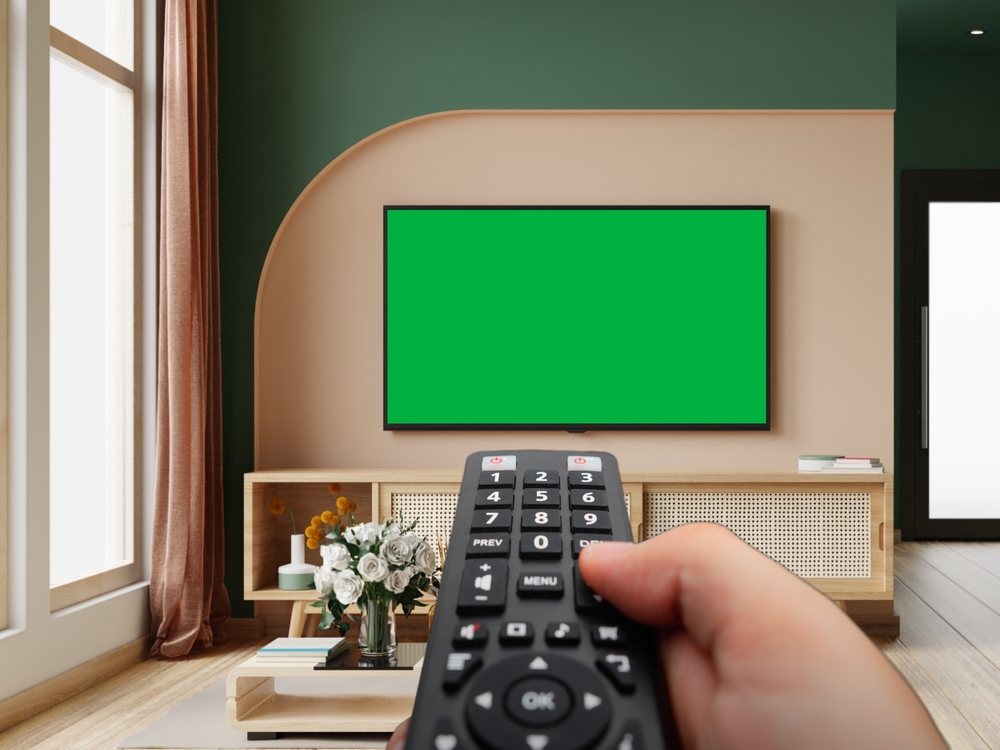In a world where consumerism is a relentless tide, we often find ourselves purchasing the same items without a second thought. Whether it’s the allure of convenience or simply habit, some purchases don’t just clutter our homes—they drain our bank accounts. Here’s a reconsideration of things you might be buying out of routine that could be better spent elsewhere.
1. Bottled Water

It seems harmless enough, grabbing a bottle of water from the convenience store or vending machine. But when you add it all up, the expense of bottled water is staggering. According to the Pacific Institute, Americans spend billions on bottled water each year, with production costs impacting both our wallets and the environment. Investing in a quality reusable water bottle can save you money and help reduce plastic waste.
The convenience of bottled water is hard to resist, especially when on the go. But with a little planning, you can fill up before leaving the house or find places to refill while out. Many public spaces now offer water stations specifically for this purpose. It’s a small change, but one that can have a significant impact over time.
2. Gym Memberships

A gym membership seems like a great investment in your health, but only if you actually use it. Sadly, many people pay monthly fees for facilities they barely set foot in. Rethinking fitness can save you a significant sum while keeping your health goals intact.
Consider alternatives like home workouts, outdoor activities, or pay-as-you-go classes. YouTube and fitness apps offer a plethora of free workout routines to suit any fitness level or interest. If accountability is your issue, find a workout buddy or join a local running club. This way, you maintain your health regimen without unnecessary financial strain.
3. Designer Coffee

We all enjoy the indulgence of a barista-crafted latte, but at what cost? The average American spends over $1,000 annually on coffee, as reported in USA Today. Cutting back on that daily coffee shop run can free up a surprising amount of money. Home brewing is not only cost-effective but also allows you to customize your morning cup just the way you like it.
Investing in a quality coffee maker and beans can enhance your morning ritual. Plus, there’s something uniquely satisfying about mastering the perfect brew at home. And if you’re still craving that coffee shop ambiance, designate certain days as “splurge days” to make the experience even more special. This approach balances enjoyment with mindful spending.
4. Subscription Boxes

The surprise factor of subscription boxes is undeniably fun, but over time, these expenses add up. The subscription box market has grown exponentially, often leading consumers to subscribe to multiple boxes. While it feels like a treat, the reality is you might be paying for things you don’t actually need. Evaluate the true value and utility of what you receive versus the cost.
Ask yourself if these items bring joy and utility, or if they’re just contributing to clutter. Consider curating your own “subscription box” by setting aside a budget for personal treats that you select yourself. This way, you retain the element of surprise and delight without the recurring expense. Plus, you’re more likely to appreciate items you intentionally choose.
5. Branded Cleaning Products

Brand loyalty can be costly, particularly when it comes to cleaning supplies. Most branded cleaning products aren’t vastly superior to their generic counterparts. As Consumer Reports highlights, generic versions often perform just as well at a fraction of the price. Making the switch can lead to substantial savings over time.
Furthermore, consider DIY cleaning solutions, which are not only cost-effective but also environmentally friendly. Simple ingredients like vinegar and baking soda can handle many household cleaning tasks. Reducing your reliance on commercial products can also reduce your exposure to harsh chemicals. A cleaner home doesn’t have to come with a hefty price tag.
6. Expensive Tech Upgrades

In our tech-driven age, the pressure to upgrade to the latest gadget is immense. However, the newest model doesn’t always translate to a significant improvement in performance. Much of the perceived need to upgrade is driven by marketing hype rather than necessity. Often, our current devices are more than adequate for our needs.
Adopting a mindset of repair over replace can prolong the lifespan of your tech devices. Routine maintenance and updates can keep your existing gadgets running smoothly. When an upgrade is truly necessary, consider buying refurbished models to save money. Balancing tech desires with practical needs can ease financial stress.
7. Pre-Cut Fruits And Vegetables

Pre-cut fruits and vegetables offer convenience at a premium. The time-saving aspect is appealing, especially for busy individuals. However, the markup on these items is often significant, making them less economical than whole produce. Investing a little time in meal prep can lead to big savings.
Whole fruits and vegetables tend to last longer than their pre-cut counterparts, reducing food waste. Additionally, preparing your own produce ensures freshness and gives you control over portion sizes. With the right tools, like a sharp knife and cutting board, the task becomes quicker and more efficient. This small effort can contribute to both health benefits and financial savings.
8. Fast Fashion

The appeal of fast fashion is its affordability and trendiness, but the true cost extends beyond your wallet. Fast fashion contributes to environmental degradation and poor labor practices, as widely reported by environmental activists. Investing in quality, timeless pieces can be a more sustainable and financially sound choice. These pieces not only last longer but also offer more style versatility.
Building a capsule wardrobe can help refine your style while reducing the urge to constantly shop. Quality over quantity should be the mantra, choosing items that can be mixed and matched easily. Even if you pay a bit more upfront, these clothes will outlast their fast-fashion counterparts. Thoughtful purchasing ensures your wardrobe is both chic and conscientious.
9. Name-Brand Drugs

When it comes to pharmaceuticals, many consumers believe that name-brand drugs are superior. However, generic medications often match the effectiveness of their name-brand counterparts. Both undergo rigorous testing and must meet the same standards to be approved. Opting for generics can lead to substantial savings, as they typically cost less.
Discussing generic options with your healthcare provider can help dispel any concerns. Pharmacies also offer price comparisons, allowing you to make informed decisions about your purchases. Prioritize understanding the active ingredients and effectiveness rather than the brand. This approach ensures you’re not overpaying for necessary medications.
10. Greeting Cards

The sentiment behind a greeting card is touching, but often the gesture is fleeting. With prices ranging significantly, these cards can become an unnecessary expense over time. Consider alternatives like crafting your own cards or opting for e-cards. Personalized messages can carry more meaning than any store-bought card.
Creating your own cards allows for creativity and personalization. Using materials you have at home, you can craft a message that’s truly from the heart. E-cards offer a digital solution, combining convenience with customization. Shifting away from traditional cards can save money and add a touch of personal flair.
11. Cable TV Packages

The era of cable television dominance is waning, yet many still cling to costly packages. With numerous streaming services available, it’s easier than ever to cut the cord. Evaluate your viewing habits to determine if your cable package is truly necessary. Many people find they’re paying for channels they never watch.
Switching to streaming services can offer more flexibility and savings. This approach allows for a more tailored viewing experience without the bulk of unused channels. Additionally, many services offer free trials, so you can explore options before committing. Revisiting your entertainment choices could free up funds for other pursuits.
12. Lottery Tickets

The hope of winning big is enticing, yet the odds are overwhelmingly against you. Lottery tickets offer the allure of a life-changing jackpot, but the likelihood of winning is minuscule. Regularly purchasing these tickets can add up to a significant sum with little return. Instead of gambling, consider channeling those funds into a savings account or investments.
Saving rather than spending on lottery tickets can lead to more tangible financial growth. Small, consistent contributions to savings can accumulate over time, providing security and opportunity for future needs. This disciplined approach to money management can yield more reliable results. Reassessing the lottery ticket habit can be a wise financial move.
13. Extended Warranties

The promise of protection can be reassuring, yet extended warranties often don’t provide value. Many products come with a manufacturer’s warranty that suffices for the initial period. Extended warranties can be redundant or offer limited coverage that doesn’t justify the cost. Before purchasing, assess the reliability of the product and existing warranty coverage.
Consider the likelihood of needing repairs based on product reviews and personal usage. Often, the cost of potential repairs is less than the warranty itself. Keeping this perspective allows for informed purchasing decisions. Extended warranties may seem like a safety net, but they’re often more beneficial to the seller than the buyer.
This article is for informational purposes only and should not be construed as financial advice. Consult a financial professional before making investment or other financial decisions. The author and publisher make no warranties of any kind.








